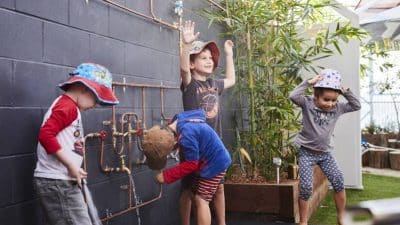Guardian Charlotte Street Encourage Children’s Communication with Emotion Cards
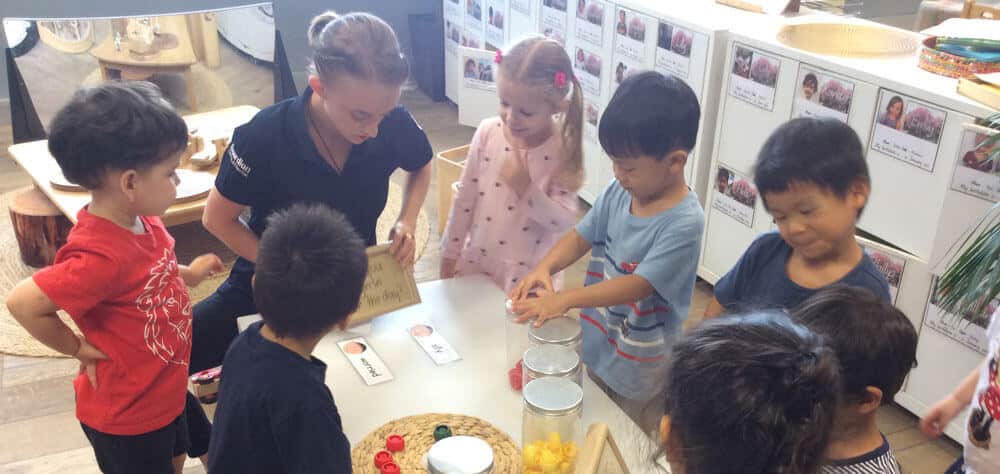
To further support the children’s self-regulation and communication, the team at Guardian Childcare & Education Charlotte Street have introduced emotion cards into the pre-kindy room.
“The children in our pre-kindy room have diverse personalities. Some are calm and quiet learners whereas others are more expressive,” says Educator, Victoria.
“Effectively communicating our feelings takes practice, and can be more challenging for some children, so as a team we discussed how we can best support their emotional needs and decided to give emotion cards a try.”
“The cards themselves were easy to secure, I found a free set online that I then printed and set up in a display in the room along with some other loose parts.”
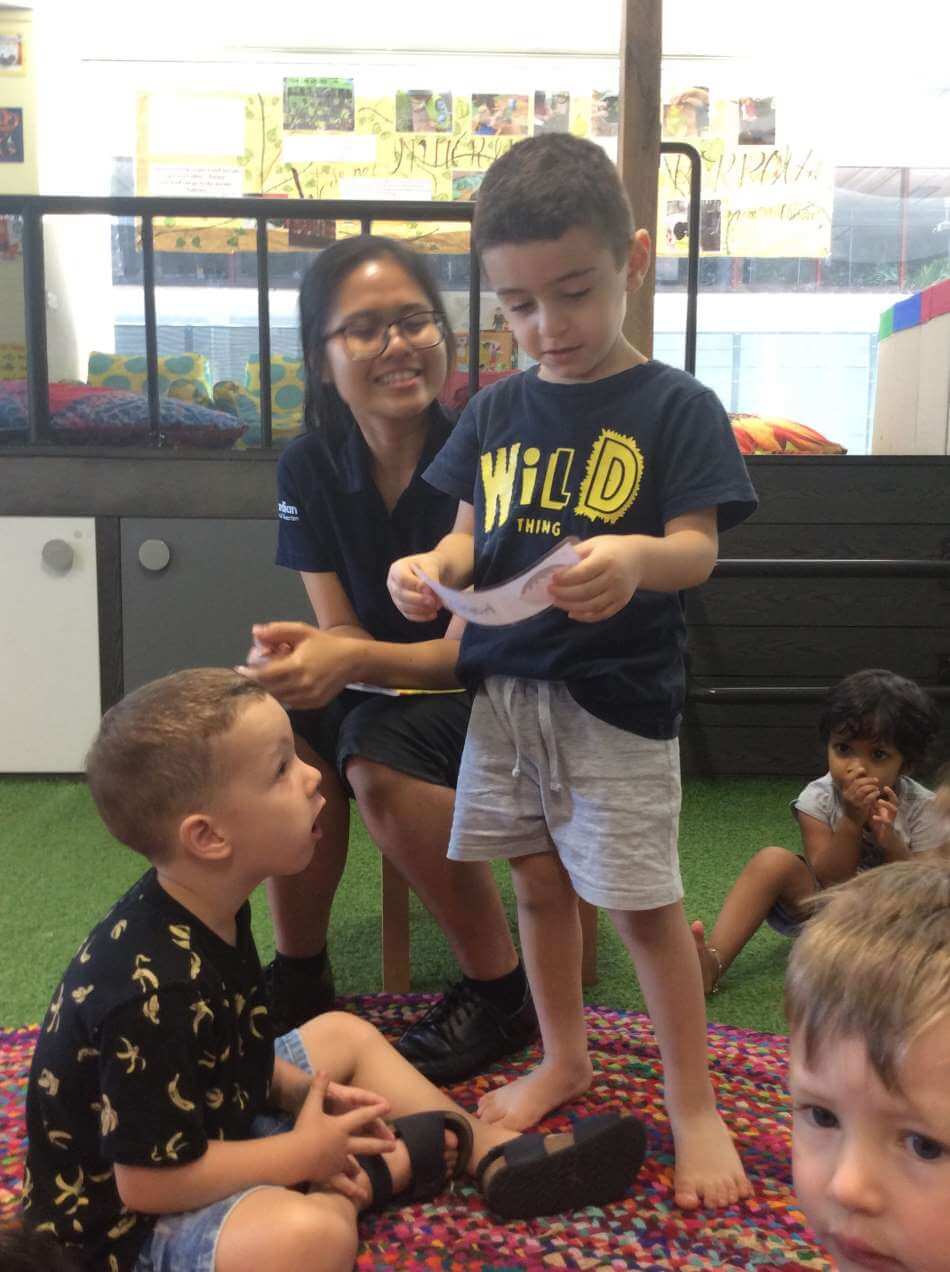
“When introducing the cards, we connected them to the children’s prior knowledge and experiences, along with literature, art experiences and various media representations of emotions.”
Each card is designated to a particular emotion, and represents that emotion both written and visually. Throughout the day, the children can pick a card that represents how they feel and give it to an Educator.
The visual support from the cards helps the children to understand and communicate their emotional needs, and encourages verbal communication as they start to link and construct their own words.
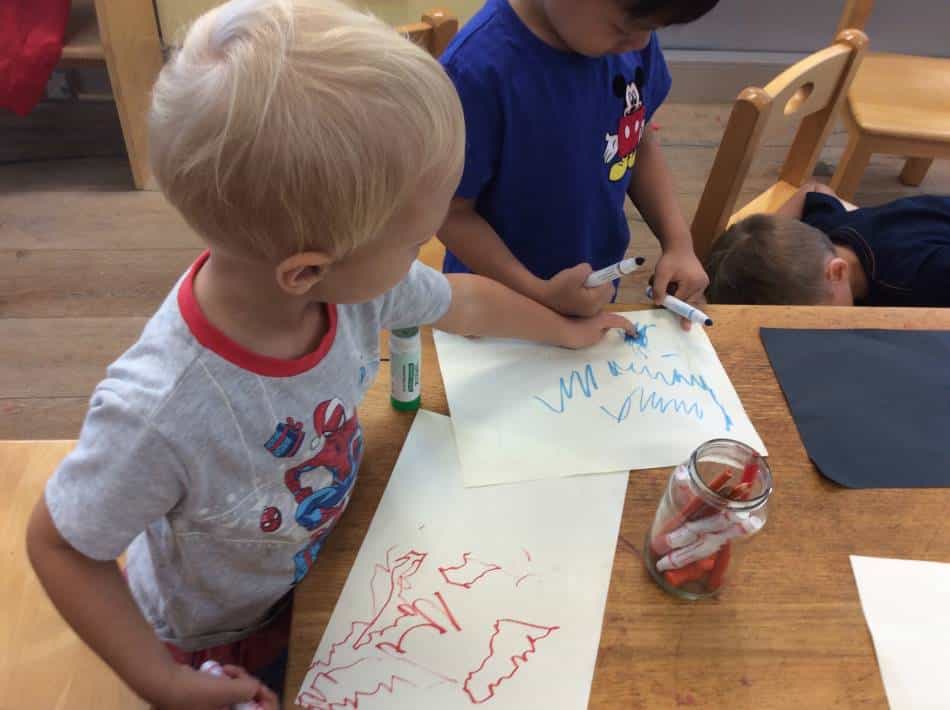
“We also use the emotion cards during group sharing sessions and when reading pictures to identify feelings represented in the stories,” shares Victoria.
“Using the cards, and discussing emotions in various contexts, allows us to reflect on our previous experiences, and builds empathy and capacity to hold and understand multiple perspectives.”
“We hope that by using the cards, the children will understand how to recognise and communicate their feelings and develop empathy for their peers.”
By posing scaffolding questions when using the cards, the Educators encourage the children to identify not only how they feel, but why, and how they could respond to those feelings.
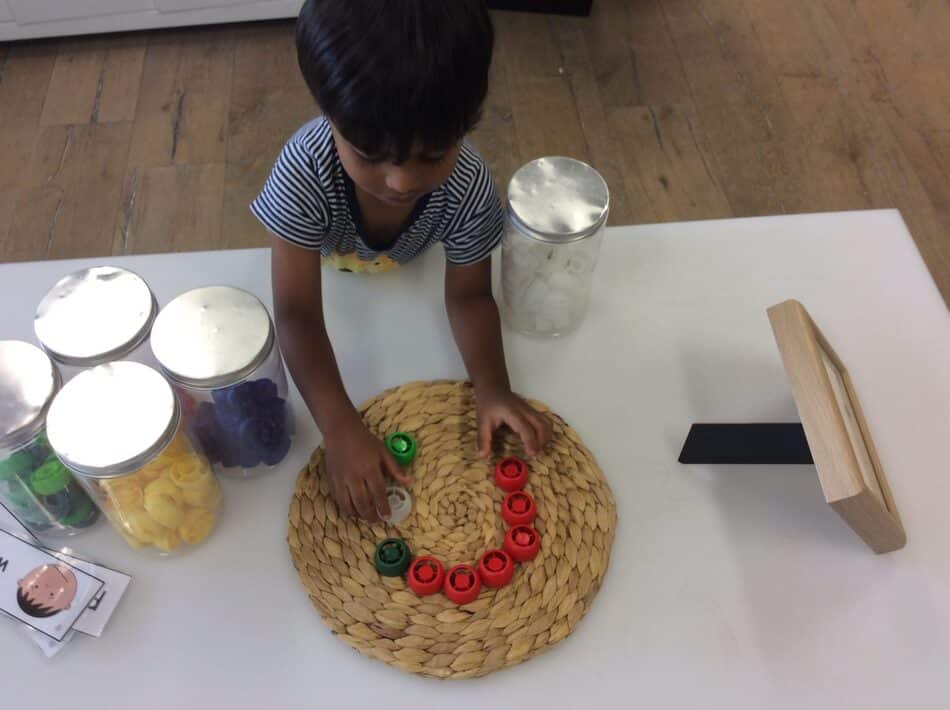
“When Mummy is sad I need to give her a hug.” – Fateen
“I feel happy when my dad gives me chocolates.” – Madelyn
“I want George and Charlie to be happy.” – Grace
“When I feel angry, I just want to be alone.” – Liam
“Before, during and after these conversations, we make sure to emphasise that we, the Educators, are here for the children, and will always be available to listen and help them if needed,” says Veronica.
“The children have surprised us with their complex and abstract thinking in representing and communicating their ideas, and it’s been lovely to watch all the diverse personalities adopt this strategy in their own ways.”
“The cards have really given a voice to the quiet children, and have become a great regulation strategy for the more energetic ones, while acting as a shared language for all.”
Veronica and the team look forward to continuing to utilise the emotion cards in the pre-kindy room, and exploring further vocabulary and communication methods.
Looking for the right Childcare Centre for your Family?
Submit your details and a member of our Concierge Team will be in touch to discuss what you need and how we can help you experience something more than childcare.
We'll be in touch soon.





